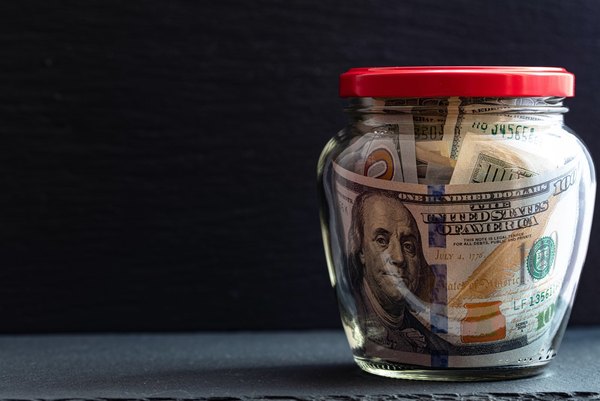Is it possible to avoid paying any income tax during retirement?
David McKnight, the author of The Power of Zero, shows you how to control your tax liability during retirement. It’s more than about saving for retirement with an eye towards minimizing or eliminating the money you give back in the form of taxes, which could leave you with a lot less income than you thought after you’ve stopped working. The author lays out a strategy anyone can use that helps create a lower tax liability and larger retirement income stream.
Don’t Rely on Social Security
If there’s one rule that is stressed throughout the book, it’s not to rely on Social Security. It was never meant to be the sole income of retirees. It was initially meant as a supplement for those that lived longer than expected.
Here’s the real problem, though – up to 85% of your Social Security income is subject to income tax. By the time you retire, tax rates will likely be even higher than they are today. Where does that leave you? You guessed it, with less income than you may expect, which may put a wrinkle in your plan to enjoy the fruits of your retired life.
The Three Bucket Method
The author’s Three Bucket method helps to categorize the different ways of saving for retirement. These “buckets” include the Taxable Bucket, Tax-Deferred Bucket, and Tax-Free Bucket.
The Taxable Bucket contains investments which generate earnings you'll owe taxes on. Taxable investments include investments like stocks, bonds, real estate, and CDs.
The Tax-Deferred Bucket includes investments most people equate with retirement. These retirement savings vehicles certainly have benefits, most commonly an employer match, but if you save too much in this particular bucket, you risk increasing the income taxes you’ll owe on your Social Security due to Required Minimum Distributions. His zero tax retirement strategy concludes that you’ll owe more taxes on this money during retirement than you realize for two reasons. First, you won’t know the tax rate at retirement – you have no control over it, and the author believes it will almost certainly be higher than it is today. Second, you’ll most likely have fewer write-offs in retirement than you do when you are working, such as mortgage interest deductions or child credits.
The Tax-Free Bucket is a primary focus of the author’s philosophy. Specifically, he recommends taking advantage of Roth IRA investments and Life Insurance Retirement Plans (LIRP). These are truly tax-free as your earnings grow tax-free. In other words, there’s no tax liability during retirement. The LIRP has a ‘life component’ that helps you get through retirement, but also has a death component to help your loved ones with your final wishes. Most importantly, income you take from these investments will not affect how much tax you pay on your Social Security
It’s all a balancing act and McKnight does a great job showing you how to make it happen. His book is an easy read, one that anyone can understand and implement in their life.
The idea is to have a zero tax retirement or as close to it as possible. This will give you more money to enjoy and less stress about taxes and liabilities – you’ve spent your entire life worrying about that; do you want to live like that in retirement too? If not, check out The Power of Zero and see how it can help you maximize your retirement earnings while minimizing your tax liability.







